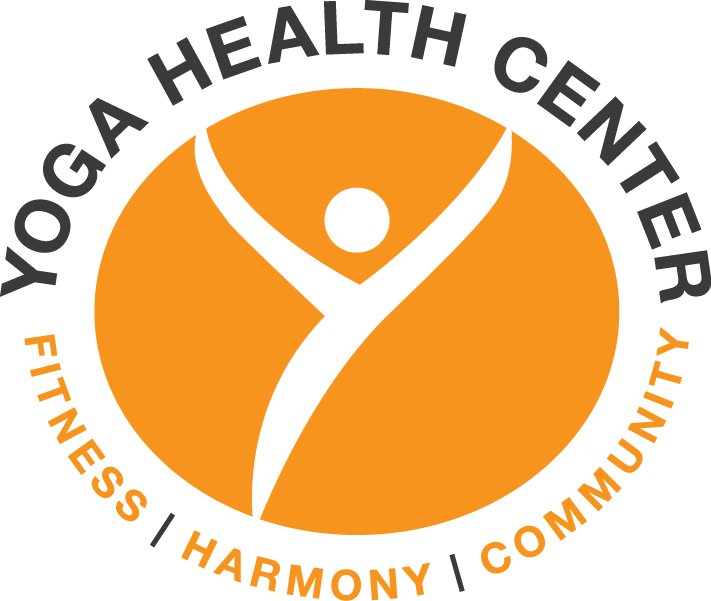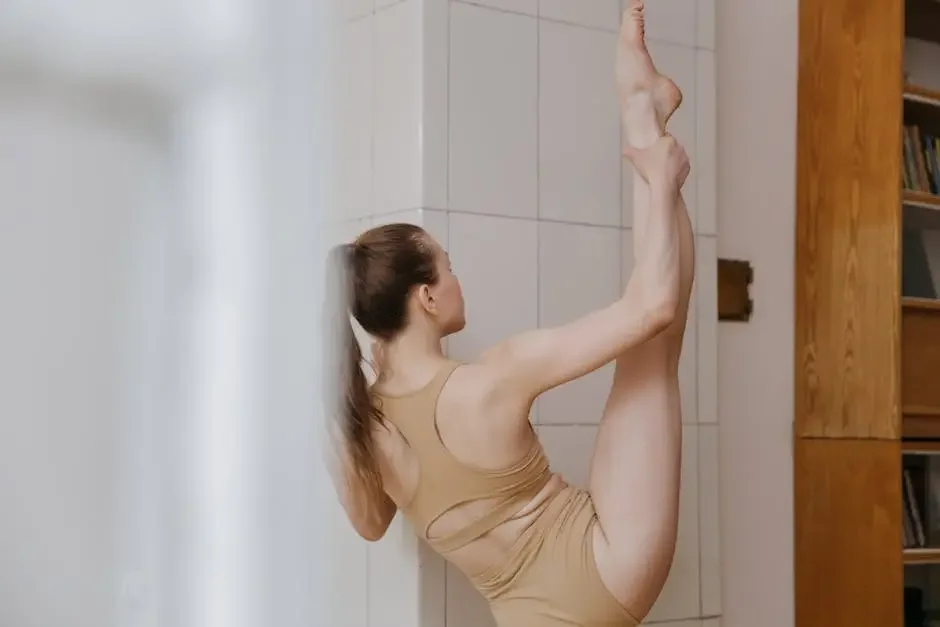How to Enhance Your Yoga Flexibility at Home
Improving your yoga flexibility can enhance your overall practice, helping you feel more comfortable in poses and reducing the risk of injury. Whether you're a seasoned yogi or just starting out, there are numerous ways to increase your flexibility from the comfort of your home. In this blog post, we will explore various techniques, tips, and routines that can help you stretch your limits—literally!
Understanding the Importance of Flexibility in Yoga
Flexibility is a crucial element in yoga, allowing for a wider range of motion and better alignment in postures. It helps you get into poses more easily, which can enhance your overall practice and experience. When you're flexible, your joints move more freely, helping you to focus on your breath and the mindfulness aspect of the practice. But it’s not just about looking good in poses; flexibility also contributes to injury prevention by creating a more balanced body.
Even more importantly, flexibility in yoga isn’t merely about physical ability; it’s also about fostering emotional and mental flexibility. When you allow yourself to explore your body’s limits, you also learn to let go of preconceived notions about what you can and cannot do. This aspect can translate into greater resilience and adaptability in daily life.
Setting Up Your Space for Effective Practice
Creating a peaceful and dedicated yoga space at home can significantly improve your focus and motivation. A calming environment, free from distractions, can make your practice enjoyable and engaging. Start by choosing a quiet corner of your home, preferably with natural light pouring in. Adding calming elements such as plants, candles, or serene artwork can enhance the ambiance and create a sanctuary for your practice.
In addition to aesthetics, consider the practicality of your yoga space. Ensure you have a soft surface, like a yoga mat, to support your body during various postures. Keeping your props—like blocks and straps—easily accessible can also help eliminate excuses to skip your practice. With a dedicated space, every time you step onto your mat, you’ll signal to your mind that it’s time to focus and grow in your flexibility.
Essential Stretches to Incorporate Into Your Routine
Explore specific stretches that target key areas of the body and aid in improving flexibility. For instance, the Pigeon Pose is fantastic for opening up tight hips, while the Cobra Pose helps in stretching the spine and chest. Incorporating these poses into your routine will yield significant improvements in your overall flexibility.
Other essential stretches include the Downward Dog and Forward Bend, both of which engage multiple muscle groups and help with overall balance and strength. Spend a few moments each day gently moving into these poses, focusing on your breath, and allowing your muscles to relax into the stretches. Consistency is key—try to hold each stretch for at least 30 seconds to a minute to reap the full benefits.
Finally, don't forget to incorporate stretches that focus on the upper body, such as Shoulder Stand and Seated Forward Fold. These stretches can aid in releasing tension that often accumulates from daily activities. Remember to listen to your body and avoid forcing any stretches; instead, allow yourself to ease into them gradually.
Using Props to Aid Your Flexibility
Props like blocks, straps, and bolsters can assist in deepening your stretches and making poses more accessible. They might seem like merely supportive tools, but their implementation can profoundly change your practice. For instance, using a yoga strap during hamstring stretches allows you to maintain correct alignment while gradually working towards deeper flexibility.
Yoga blocks can help modify poses to fit your current flexibility level. They allow you to engage with poses more fully without overstraining your body. For example, if you struggle to reach the floor in a Forward Bend, placing a block under your hands can alleviate pressure and improve posture. These subtle adjustments support both your body and confidence as you stretch.
Creating a Consistent Flexibility Routine
Consistency is key in enhancing flexibility, as it fosters gradual progress and muscle memory. To build a routine that fits into your lifestyle, start by allocating a specific time each day or week dedicated to practice. Aim for short, focused sessions rather than lengthy blocks of time; even a 15-minute daily stretch can yield significant improvements.
During your routine, mix active stretches with restorative poses. Active stretches engage and warm up the muscles, while restorative poses allow for gentle stretching and relaxation. As you become more familiar with your body’s capabilities, you can start to challenge yourself by gradually increasing the duration and intensity of your stretches.
Listening to Your Body and Avoiding Injuries
Understanding the signals your body sends is vital in preventing injury. Practicing mindfully is essential; pushing too hard or ignoring discomfort can lead to setbacks. Instead, focus on how each stretch feels and respond accordingly. Remember, flexibility is not a destination but a lifelong journey. Celebrate small wins and give yourself grace on tougher days.
Developing a self-awareness routine through yoga can help you recognize when to push forward and when to ease off. Using breathing techniques can ground your practice, allowing you to remain present and conscious of your limits. This mindful approach not only enhances your flexibility but also nurtures a deeper connection between your mind and body.
Final Thoughts on Enhancing Your Yoga Flexibility
Enhancing your yoga flexibility at home is a journey that requires patience and dedication. By following these techniques and incorporating them into your routine, you'll not only improve your flexibility but also deepen your connection to your practice. Remember to listen to your body, progress at your own pace, and enjoy the process. Happy stretching!


